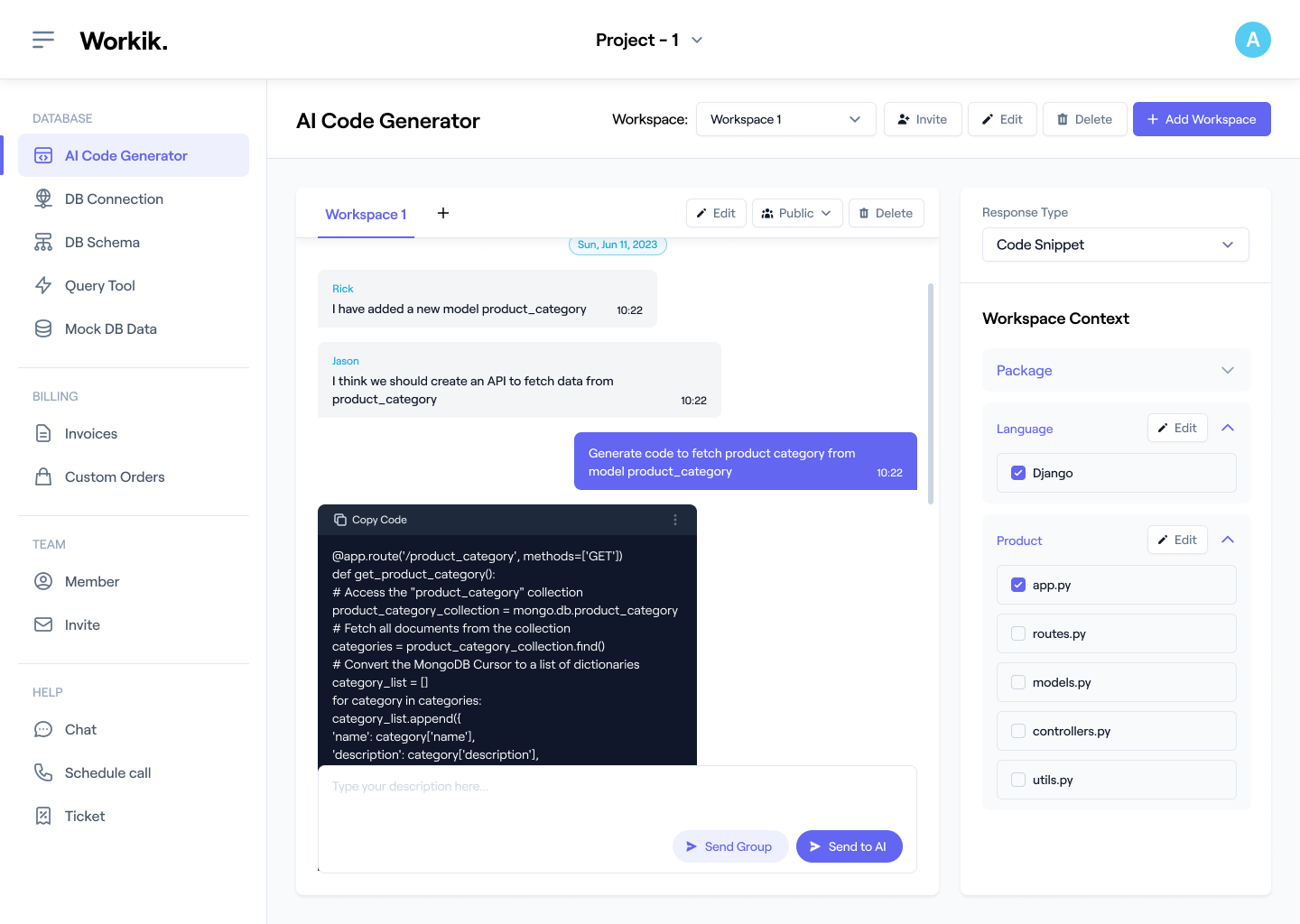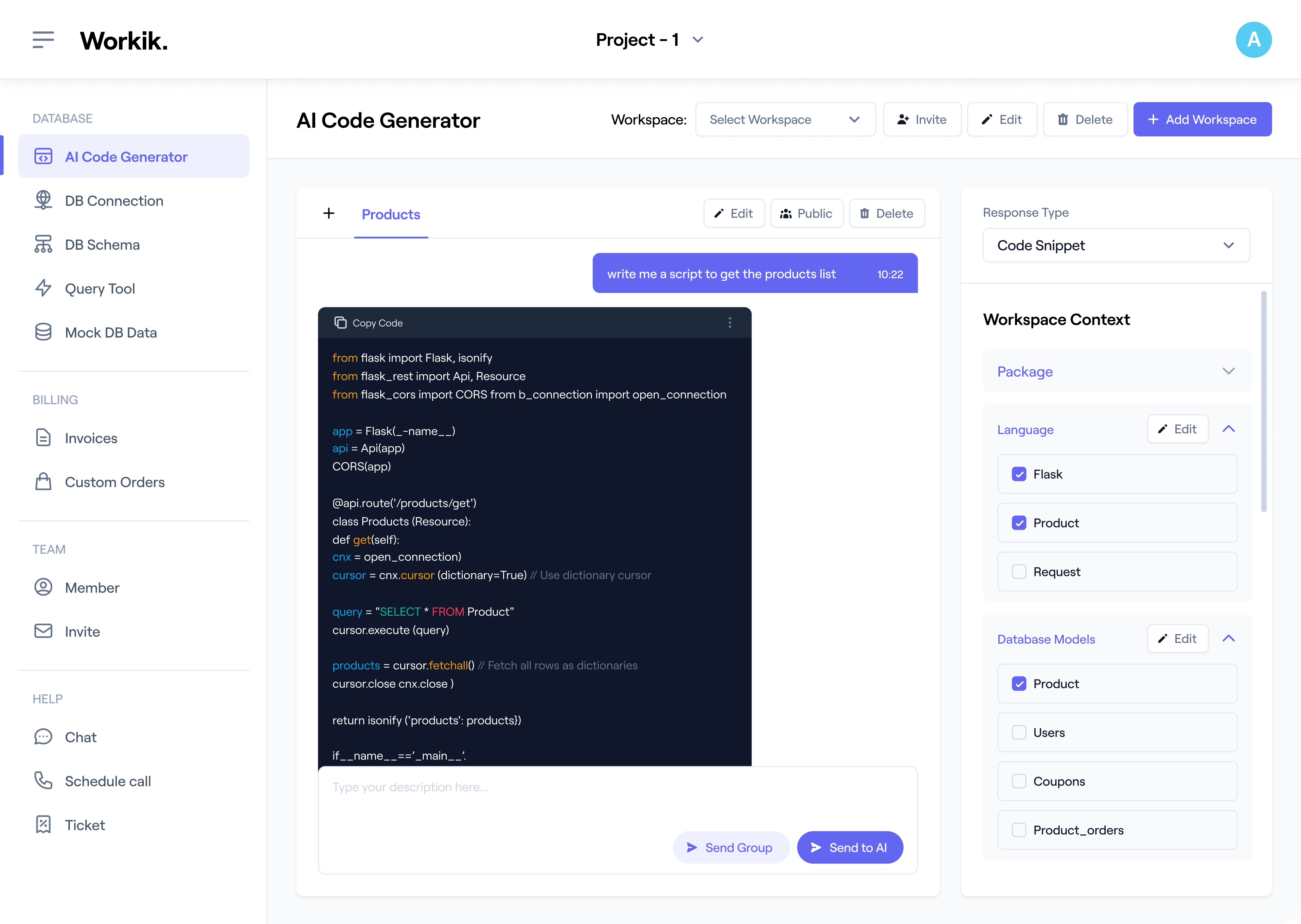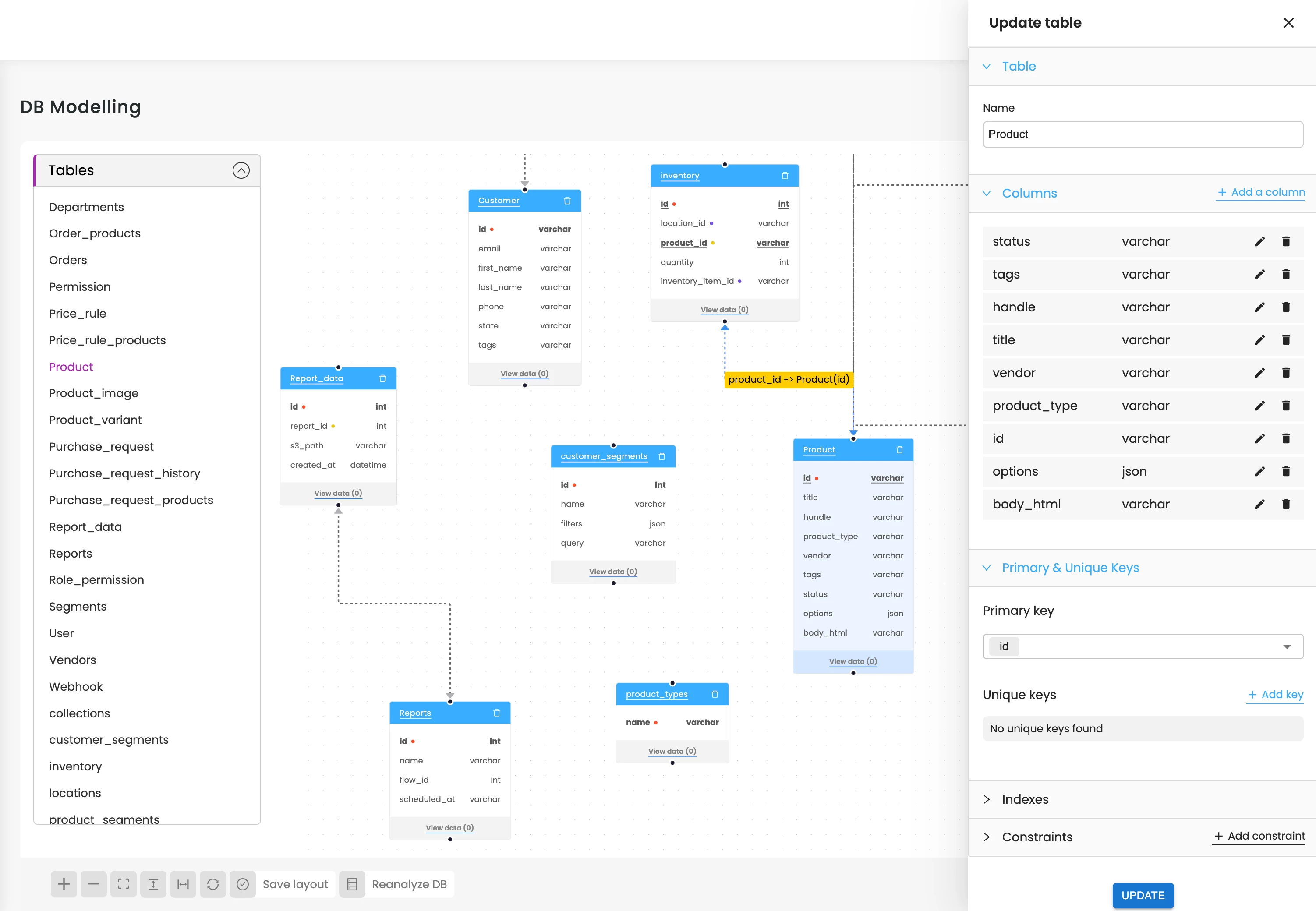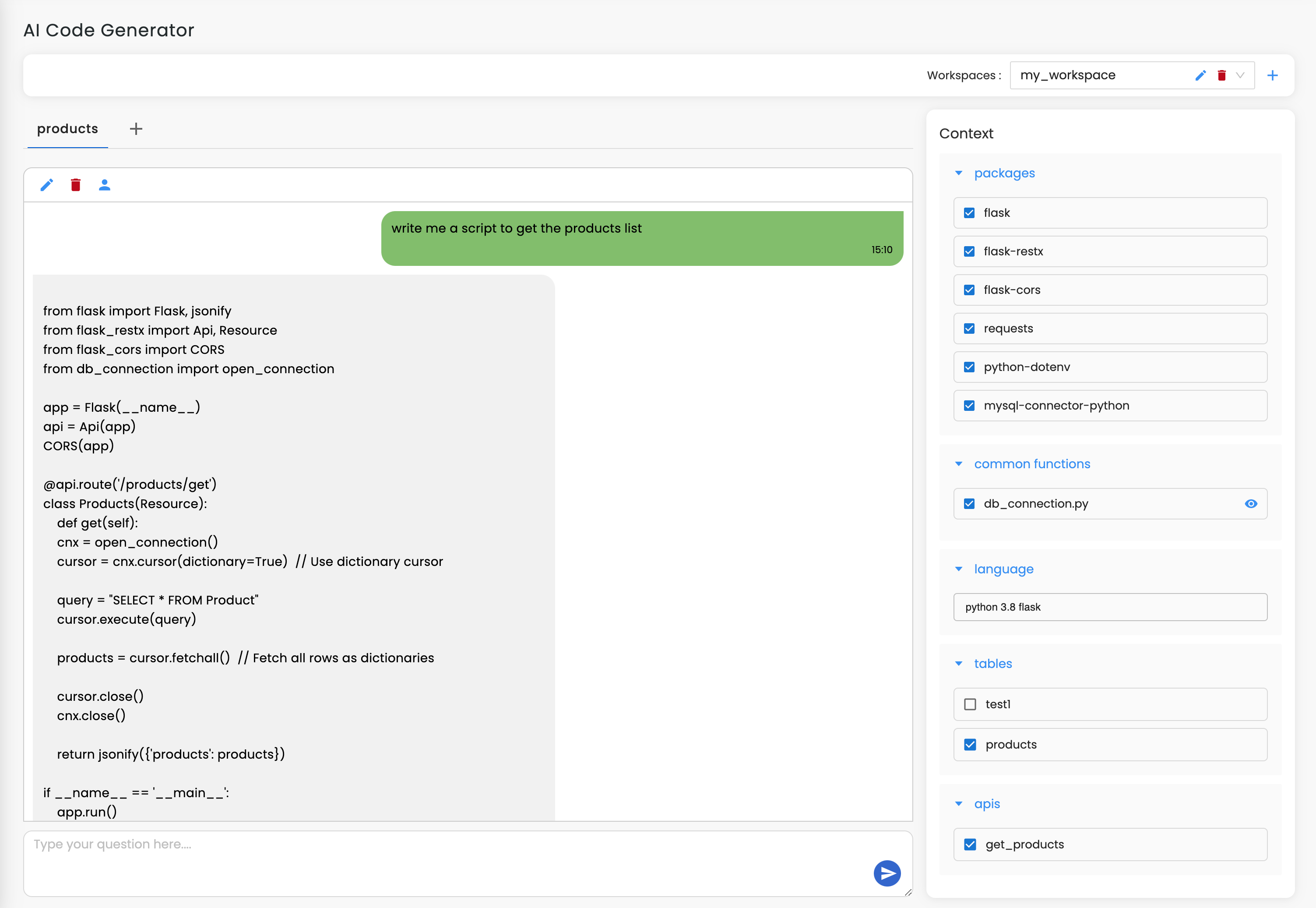
Join our community to see how developers are using Workik AI everyday.
Features

Streamline WCAG Compliance
AI fixes ARIA issues, contrast errors, and semantic gaps with Axe Core and Lighthouse.

Generate Component Blueprints
AI assists to build ARIA-ready modals, dropdowns, and menus with React ARIA and Reach UI patterns.

Optimize Screen Reader Support
AI refactors code with semantic tags, enhancing usability for NVDA, JAWS, and other screen readers.

Enhance Dynamic Content
AI makes carousels and grids accessible with Angular Material and Tailwind CSS.
How it works
Sign up on Workik with Google or manually in seconds, and start setting up your accessibility tasks instantly.
Integrate your project files or repositories from GitHub, GitLab, or Bitbucket. Define your framework, component structure, and accessibility goals for precise, AI-driven guidance.
AI generates code, identifying ARIA gaps, optimizing screen reader support, and ensuring WCAG compliance for your UI components. It adapts to your project for dynamic content, keyboard operability, and more.
Invite team members to Workik to collectively enhance UI accessibility, fix issues, and streamline workflows with AI-powered insights and automated solutions.


Expand
.png)
.png)
Expand


Expand


Expand


Expand


Expand


Expand


TESTIMONIALS
Real Stories, Real Results with Workik
Workik AI made WCAG compliance effortless with accurate ARIA fixes and accessible components.

Mathew Lewis
Frontend Developer
Optimizing screen readers and keyboard navigation was seamless with Workik AI.

Michael Tan
UX Designer
Dynamic element accessibility is now instant with Workik AI suggestions.

Alana Ray
Full-Stack Developer
What are the popular use cases of the Workik UI Accessibility Code Generator for developers?


Popular use cases of Workik AI UI Accessibility Code Generator for developers include but are not limited to:
* Generate ARIA roles and attributes for enhancing semantic accuracy.
* Build keyboard-operable components like modals, dropdowns, and carousels.
* Fix color contrast issues and other WCAG non-compliance errors.
* Refactor dynamic content to support screen readers effectively.
* Manage focus for interactive elements.
* Test and optimize accessibility across frameworks like React, Angular, and Vue.
What contexts can I add to optimize Workik AI-powered UI Accessibility code generation in Workik?


To enhance AI-powered UI Accessibility code generation, you can add any of the following contexts on Workik:
* Import project files or sync repositories from GitHub, GitLab, or Bitbucket.
* Define target accessibility standards like WCAG 2.1 or Section 508 compliance.
* Specify frameworks or libraries (e.g., React ARIA, Angular Material).
* Include component details, like nested structures or interaction patterns.
* Provide design tokens or themes for color contrast optimization.
* Add existing ARIA roles or accessibility annotations for refinement.
How can Workik AI enhance the accessibility of dynamic UI states?


Workik AI ensures dynamic states like loading spinners, toggled elements, or dropdowns are accessible by generating ARIA live regions and appropriate states. For example, it can tag a loading spinner with aria-busy or update content changes with aria-live attributes for announcements to screen readers.
Can Workik AI help create custom accessibility patterns?


Yes, Workik AI assists in creating code tailored to your project. For example, if you have a unique slider or calendar, it generates ARIA roles, keyboard navigation, and focus-trapping techniques specific to that component while ensuring cross-browser compatibility.
How does Workik handle accessibility for multi-step forms?


Workik AI transforms multi-step forms into fully accessible flows by managing focus transitions, adding aria-current to highlight the active step, and ensuring that error messages are announced to assistive technologies using ARIA alerts.
How does Workik AI simplify accessibility for animations and transitions?


Workik AI ensures animations are accessible by generating reduced-motion alternatives using CSS prefers-reduced-motion and adding ARIA-hidden attributes to non-essential animations for screen readers.
Can Workik AI help with localization-specific accessibility needs?


Yes, Workik AI adjusts accessibility features based on localization. For example, it ensures proper text directionality for right-to-left languages and generates accessible navigation for multi-language sites with attributes like lang and dir.
Generate Code For Free

UI Accessibility: Question and Answer
UI Accessibility refers to designing and developing user interfaces that are usable by everyone, including individuals with disabilities. It involves adhering to standards like WCAG to ensure elements are perceivable, operable, and understandable. UI Accessibility includes tasks like adding ARIA roles, optimizing focus management, ensuring screen reader compatibility, and maintaining adequate color contrast.
Popular tools and frameworks used with UI accessibility include:
Accessibility Testing Tools:
Axe Core, Lighthouse, WAVE
UI Frameworks:
React ARIA, Angular Material, Vue A11y
Design Tools:
Figma (Accessibility Plugins), Sketch
Development Environments:
Visual Studio Code, IntelliJ IDEA
Validation Tools:
Tota11y, Deque Tools
Popular use cases for UI Accessibility include:
Healthcare:
Ensure patient portals, telehealth apps, and electronic medical records are accessible to users with disabilities.
E-commerce:
Make online stores navigable with screen readers, accessible forms, and compliant payment interfaces.
Education:
Support accessible e-learning platforms, course materials, and virtual classrooms for students with diverse needs.
Government Services:
Create accessible websites and apps for public services, ensuring equal access to vital resources.
Banking and Finance:
Enhance accessibility for mobile banking apps, ATMs, and online financial tools.
Media and Entertainment:
Provide inclusive streaming services, games, and digital content platforms with captions.
Career opportunities and technical roles involving UI accessibility include Accessibility Engineer, Frontend Developer, UX/UI Designer, Accessibility Consultant, Full-Stack Developer, Product Designer, and QA Specialist with a focus on inclusive design.
Workik AI provides extensive assistance with UI accessibility tasks, including:
Code Generation:
Creates ARIA roles, keyboard navigation, and focus management logic.
Compliance Checks:
Identifies WCAG violations and suggests automated fixes.
Dynamic Element Optimization:
Enhances accessibility for carousels, grids, and modals.
Semantic Refactoring:
Refines headings, alt text, and semantic HTML for better screen reader usability.
Testing Integration:
Runs accessibility audits using tools like Axe Core or Lighthouse.
Multi-Framework Support:
Works seamlessly with React ARIA, Angular Material, and Vue A11y.
Custom Accessibility Patterns:
Generates reusable components tailored to specific project needs.
Collaboration:
Assists teams in refining accessibility workflows and enhancing inclusive design practices.
Explore more on Workik
Get in touch
Don't miss any updates of our product.
© Workik Inc. 2025 All rights reserved.

